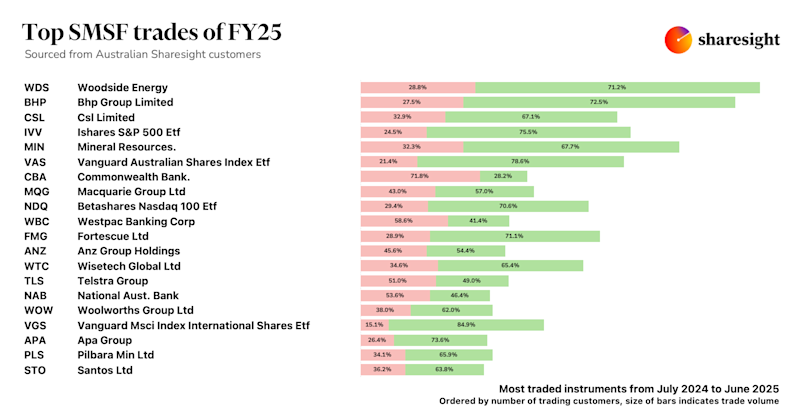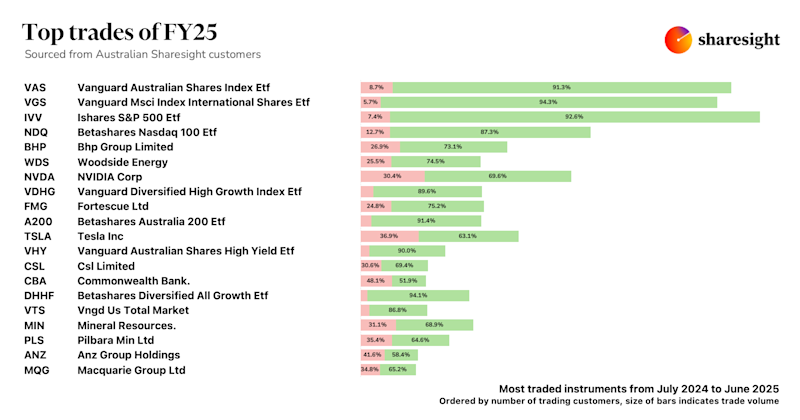The importance of using a purpose-built application
Back in the day big businesses built big software with big price tags. With scores of developers, the temptation to stray from a core feature set was too great.
Want a terrific example of an epic fail?
In 2000, Enron (yes, that Enron) teamed up with Blockbuster (yes, that Blockbuster) to offer a broadband service. Enron spent $350M on servers alone. Of course, they eventually filed for the largest bankruptcy in US history and its former CEO is due to be released from prison in 2028. Blockbuster also went bankrupt. Their business model seemed to be pretending Netflix didn’t exist. So that didn’t go so well.
In our industry, we’ve seen $20,000-a-year investment software offer CRMs, self-publishing tools, and even instant messaging. It’s not a pretty sight. Nobody uses these features and they give rise to bloatware.
Recently, Reckon, an accounting software provider, created a stir amongst its client base by announcing they will no longer provide downloadable share price data on their Reckon Accounts Personal Product. Reckon made this decision due to a “forced technology change,” and is asking clients to move to a new product to retain this functionality.
While this is a bummer for their clients who’ve relied on this feature for years, this announcement shouldn’t come as too much of a shock. Reckon provides accounting software, not investment software. We’ve seen their latest release in action - it’s very cool. Their focus is most likely on providing mission-critical accounting features for small businesses, accountants, and individuals.
If they’re concentrating their efforts on core features, this is a win for their client base - so long as they adopt an open platform architecture and allow their users to connect to purpose-built applications. Look no further than the app store on your mobile as to why this structure is so effective.
Shark With Frickin' Laser Pointer from ThinkGeek
Any software provider focusing on a set of core features will never be able to keep up with speciality apps on the periphery - especially a software provider who's not in the cloud. This is something we remind ourselves of constantly at Sharesight. We get well-intended feedback on a range of ideas from technical charting to document storage to becoming an online broker ourselves. Some of these ideas would generate revenue in the short-term. All of these features would hurt our core application over time. We’re never going to do any of these better than dedicated providers unless we fundamentally change our business.
Our aim is to connect to these services via APIs and let our clients choose which apps to use. In this way, sometimes Sharesight is the platform and sometimes we’re the add on.
Before relying on an application to provide important life-admin tasks, make sure you understand what its core functionality is. While any application might serve your immediate needs well, there's no guarantee that they'll continue to provide the feature. Products change, competitors change, technology changes. Sometimes the best way to grow is to kill-off peripheral features.
To put it another way, trust Sharesight to track and store your portfolio data, but by all means don’t use our file uploader as a free alternative to Dropbox.
FURTHER READING

Sharesight users' top 20 trades – June 2025
Welcome to the June 2025 edition of Sharesight’s monthly trading snapshot, where we look at the top buy and sell trades by Sharesight users in all markets.

Top SMSF trades by Australian Sharesight users in FY24/25
Welcome to our annual Australian financial year trading snapshot for SMSFs, where we dive into this year’s top trades by Sharesight users.

Top trades by Australian Sharesight users in FY24/25
Welcome to the FY24/25 edition of our Australian trading snapshot, where we dive into this financial year’s top trades by Sharesight users.
